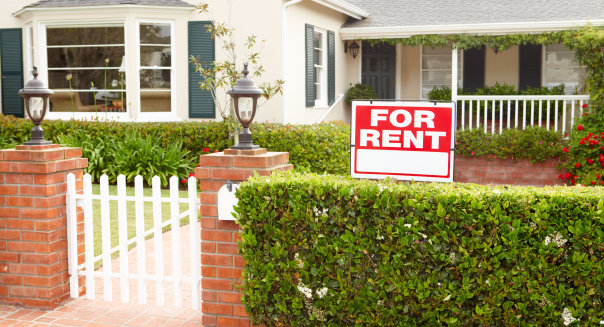Last year, my wife and I joined the league of accidental landlords. We were upside down in our home and couldn’t sell it without taking a big loss. So after relocating for work, we decided to rent our house out.
I thought it would be a simple endeavor to charge enough rent in order to cover our mortgage payment each month. But that was hardly the case when the rubber met the road. There were several important factors I neglected to take into consideration that hampered my return.
With a mortgage payment of $1,400 a month, there are many things that took a bite out of my renter’s payment. Forget making a profit; I was struggling just to break even.
Nickeled and Dimed by the Little Things
Because I now live several states away from my home, I had to hire a property manager to manage the house, advertise, screen and find tenants for me. Most property-management firms charge a fee equal to 10 percent of the monthly rent. So, for example, charging $1,500 in rent costs me $150 each month for the property manager. If I charged that amount in rent, I’d already be taking a loss on my mortgage.
Of course, it hasn’t been all sweetness and light. After about a year as a landlord, I’ve already encountered maintenance and vacancy issues when my first tenants moved out. Most first-time landlords, myself included, fail to include enough money as a cushion to ride out the hiccups. I failed at first to include maintenance costs and the vacancy factor into the rent equation.
Maintenance Costs and Vacancies Can Compound the Problem
To help prevent my monthly maintenance costs from skyrocketing, I decided to purchase a home warranty, which cost me another $40 a month. Of course, I hadn’t factored that into the rent my tenants paid. Last summer,
I also had to file a claim against my warrant for a $600 air conditioner part that wasn’t covered.
Many experts recommend including a vacancy factor of at least 10 percent in the amount of rent charged. So, in my case, I could expect at least 30 to 60 days of vacancy every time I had to find a new tenant. To help protect my costs and build a buffer fund, I needed to charge at least 8 percent to 10 percent more in rent or else I wouldn’t be able to cover my monthly mortgage payment.
Rent: A Game of Supply and Demand
Our first tenants moved out after a year, and we simply relisted the house at the same price. But we failed to take into account that comparable rents in our neighborhood had declined. It was a renters market.
Three months and two rent price decreases later, my wife and I finally found a new tenant. But the new tenants were paying almost 15 percent to 20 percent less than the previous ones. The fact that we were barely breaking even before pushed our personal profit and loss statement to the breaking point. We definitely weren’t breaking even now with all the added costs and the decreased rent.
Read more: The Trials and Tribulations of a First-Time Landlord













Leave A Comment